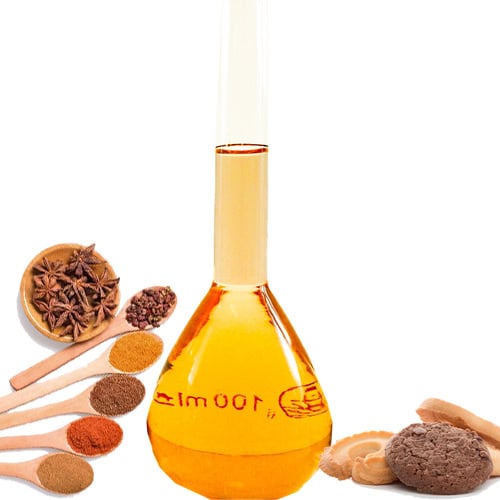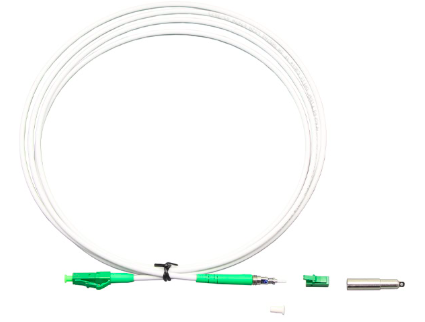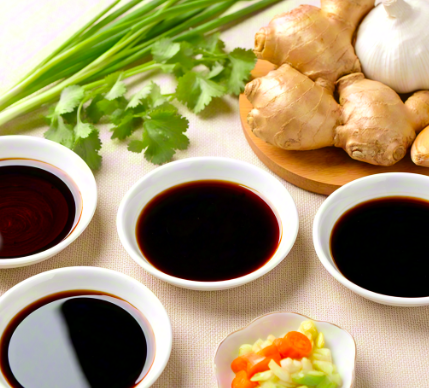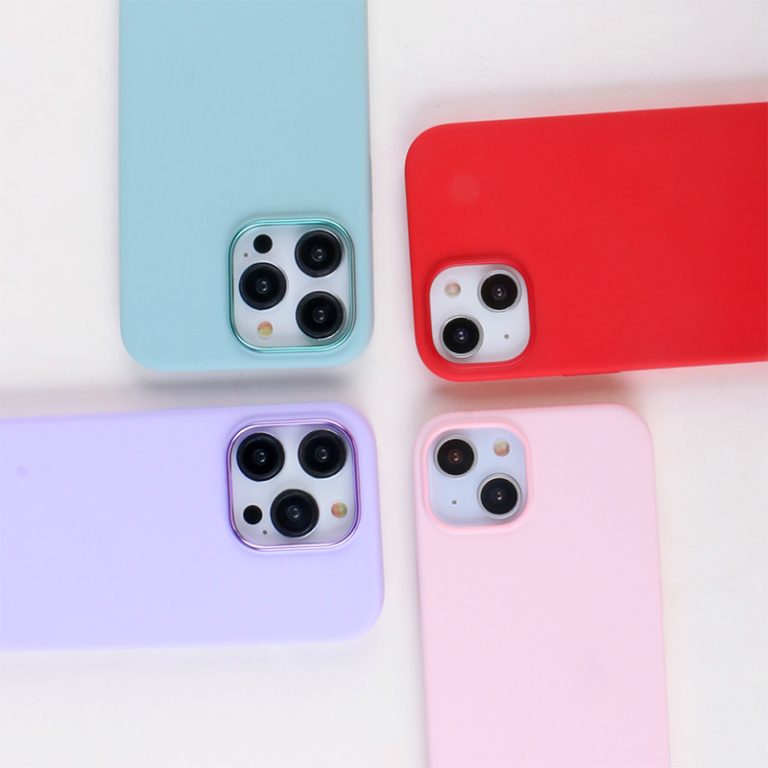目录
Cycling sunglasses are an indispensable accessory for both professionals and casual riders. They are not just about enhancing appearance; they directly affect visibility, safety, and comfort. Choosing the right sunglasses according to different weather conditions helps riders maintain optimal vision while protecting their eyes from potential damage caused by UV rays, wind, dust, or glare.
The cycling market has expanded rapidly in recent years. According to industry reports, global sales of cycling eyewear reached USD 1.4 billion in 2023, and the demand is projected to grow at 5.6% CAGR from 2024 to 2030. This growth highlights the increasing recognition of specialized eyewear in enhancing cycling performance. Below, we break down how riders can select suitable sunglasses based on weather variations and why working with a reliable cycling sunglasses supplier is critical.
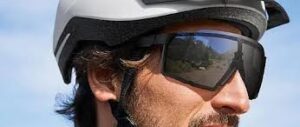
1. Why Work with a Cycling Sunglasses Supplier?
Unlike generic fashion eyewear providers, specialized suppliers test products for durability, lens clarity, and adaptability to different environmental conditions.
- Quality Assurance and Lens Standards
Suppliers usually follow international standards such as EN ISO 12312-1:2013, which specifies the optical performance of sunglasses. For instance, UV400 lenses block 99–100% of UVA and UVB rays, significantly reducing the risk of eye damage. Professional suppliers also provide detailed specifications on Visible Light Transmission (VLT), usually ranging from 10% to 80%, allowing riders to select glasses suitable for bright sunlight or cloudy days.
- Customization and Professional Guidance
Trusted suppliers not only sell ready-made models but also offer customization. This includes interchangeable lenses, prescription inserts, and anti-fog coatings. For example, a rider in northern Europe who faces frequent overcast days may require a VLT of 40–50%, while someone riding in Australia’s summer might prefer lenses with VLT closer to 12%. A specialized supplier can recommend the correct lens tint and technology based on regional weather conditions.
2. Choosing Sunglasses for Different Weather Conditions
Weather is one of the most important factors influencing lens choice. The wrong selection can reduce contrast, impair reaction time, and increase fatigue.

- Sunny Weather: Dark-Tinted and Polarized Lenses
Dark-tinted lenses with a VLT of 10–15% are the most suitable. Polarized lenses further reduce horizontal glare from roads or water surfaces, which is especially helpful for long-distance cyclists. Studies show that polarized lenses can reduce glare intensity by up to 90%, preventing squinting and headaches during rides longer than 2 hours.
- Cloudy or Overcast Weather: Medium-Tinted Lenses
When skies are gray, overly dark lenses can be counterproductive. Medium-tinted lenses with a VLT of 30–50% help balance light transmission. Amber or rose tints enhance contrast, making road irregularities more visible. Laboratory tests suggest that these tints improve object recognition speed by 12–15% compared to clear lenses in low-light conditions.
- Rainy Weather: Hydrophobic Coatings and Yellow Tints
Rain creates multiple issues—reduced contrast, blurred vision, and distracting droplets on lenses. Hydrophobic coatings allow water to bead and slide off quickly, maintaining clarity. Yellow-tinted lenses with a VLT of 50–60% are effective in enhancing contrast against gray backgrounds. Field data from commuter cyclists shows that yellow lenses improved hazard detection distance by 22 meters compared to clear lenses in rainy weather.
- Winter and Snow: High-Contrast and Mirror Coatings
High-contrast lenses, often in brown or copper shades, combined with mirror coatings, minimize this effect. A good pair for winter should include anti-fog technology, as condensation is common in temperatures below 5°C.
- Night Riding: Clear or Light Yellow Lenses
At night, riders should avoid dark or mirrored lenses. Instead, clear lenses with a VLT of 80–100% protect against wind and debris while allowing maximum light transmission. Light yellow lenses are also an option, as they slightly enhance contrast without obstructing light intake.
3. Additional Factors to Consider Beyond Weather
While weather-based lens choice is essential, several other factors contribute to performance and comfort.
- Frame Fit and Ventilation
Proper fit ensures the glasses stay stable at speeds above 40 km/h. Adjustable nose pads and rubberized temple grips help maintain stability. Ventilation holes or channels prevent fogging during intense rides.
- Impact Resistance
Cyclists are vulnerable to airborne debris. Polycarbonate lenses, which are 10 times more impact-resistant than regular plastic, are strongly recommended.
- Lens Interchangeability
Modern cycling sunglasses often include interchangeable lens systems. For example, a single frame may come with three lens options—dark (15% VLT), medium (35% VLT), and clear (90% VLT)—providing year-round usability.
4. Conclusion
Selecting the right cycling sunglasses is not simply about style—it is a strategic decision that affects visibility, comfort, and safety across different weather conditions. From polarized dark lenses for sunny days to yellow tints for rain and clear lenses for night riding, every choice has measurable impact on performance. Riders should also consider frame fit, impact resistance, and lens adaptability to ensure comprehensive protection.
Ultimately, collaborating with a professional cycling sunglasses supplier provides access to a broader range of tested, certified, and customizable products. By combining weather-specific lens selection with expert supplier support, cyclists can ensure optimal vision and protection for every ride, regardless of the conditions.
0
